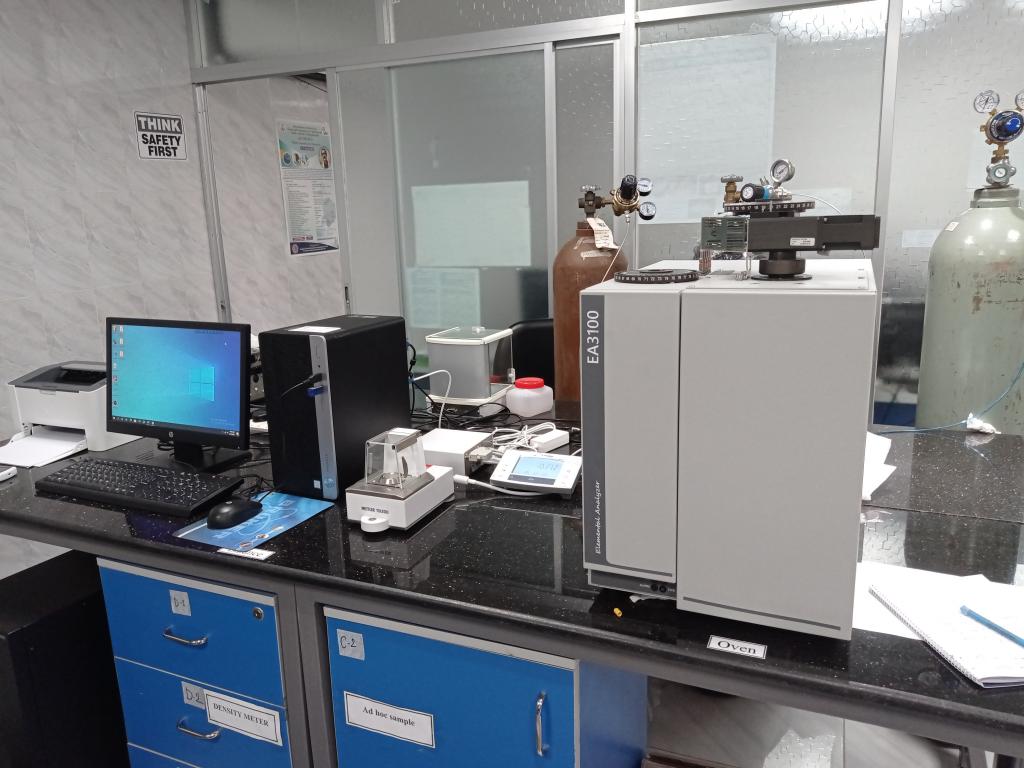
CHNSO elemental analysis, also known as organic elemental analysis or elemental microanalysis, determines the amounts of Carbon (C), Hydrogen (H), Nitrogen (N), Sulfur (S) and Oxygen (O) present in a sample. It is a reliable and cost-effective technique used to assess the purity and chemical composition of compounds and can be used on a wide range of different sample types including solid, liquid, volatile and viscous substances.
Fig: Working principle of CHNSO Elemental Analyzer
Knowing the composition of the organic elements also helps analysts to determine the structure of the sample substance. The chemical characterization of organic compounds is used in research as well as for quality control.
Applications:
- Pharmaceuticals industry
Determination of composition, structure and purity of organic chemicals in pharmaceutical products both in R&D and in manufacturing.
- Material characterization industry
Determination of organic compounds in a wide variety of materials to assure the characteristics and behavior of the final product e.g. rubber, plastic, paper, metals.
- Environmental industry
Examination of organic compounds in water, waste water, compost and particulate matter emissions.
- Agriculture industry
Scientific analysis of plant and soil samples (land and water-based applications).
- Food and animal feed industry
Determination of protein content as a measure of quality and for price setting. Also used to ensure compliance with food composition declarations.
- Energy / Petrochemicals industry
Quality assurance and quality control of petrochemical products including fuels and lubricants
.png)













